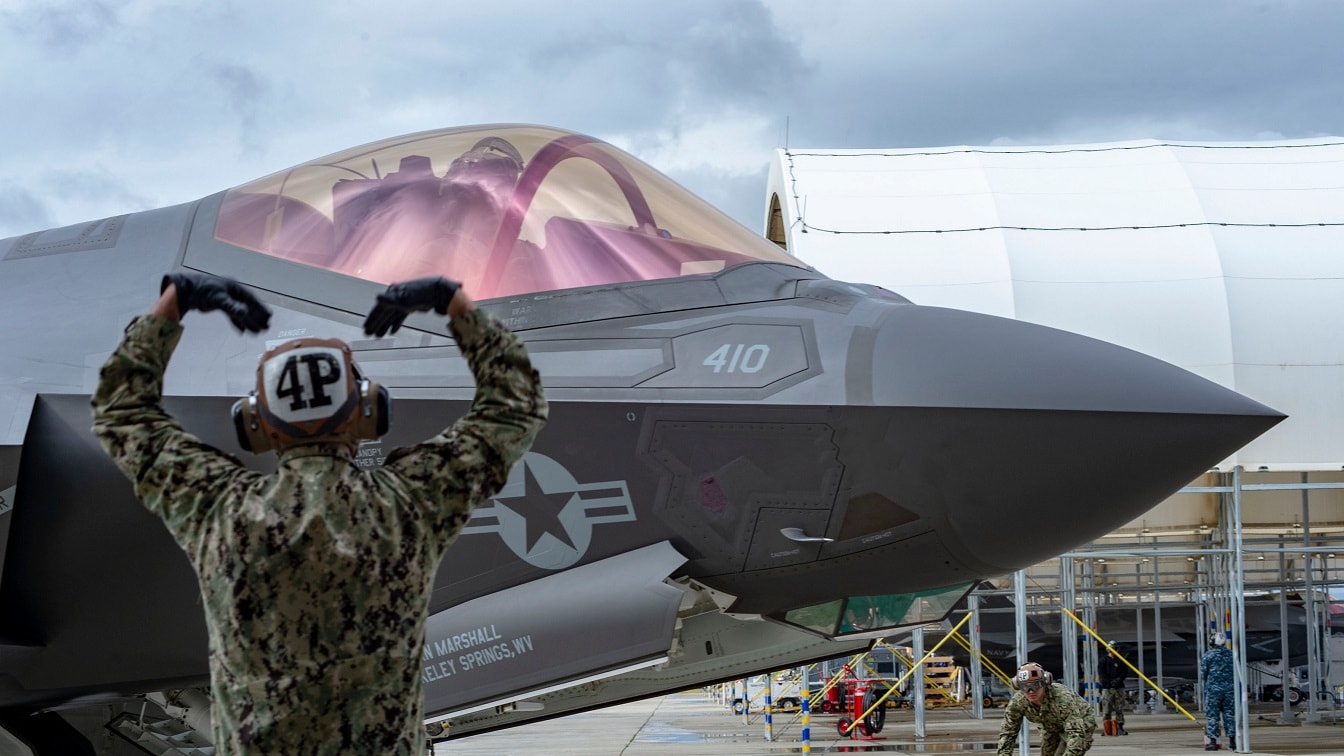A standard tactic is invoked among defense companies worldwide when their competitor wins a contract they were also bidding on. The response is they immediately propose to sell the customer a comparable, but perhaps not as capable, product of their own at a considerably lower price.
The classic marketing pitch is, “We are offering something we already built—a known quantity and already in production that you can depend on. It promises 80 percent of the capability you are looking for at 50 percent of the cost of what my competitor is offering you.”
If you stay in the defense business long enough, you have heard this “80 percent of the performance at half the price” sales pitch a hundred times. It is right up there with “it is OK if this weapon system costs more because it does all the work of three of the weapons it is replacing.”
This perspective puts the customer in the position of having to choose between a weapon already rolling off a production line on one hand and the design that is the “winner” of a competition that may or may not exist only on paper.
The defense company that lost out in the competition for the Next-Generation Air Dominance (NGAD) 6th-generation fighter program, Lockheed Martin (LM), is using the same formula again.
The Ferrari F-35 Upgrade
On April 22, Lockheed Martin CEO Jim Taiclet conducted a company earnings call, during which he announced the company’s plans to leverage the innovations developed in its bid for the NGAD into its existing products. The company will integrate those technologies into its fifth-generation F-35 and F-22 fighters and offer modernized platforms as alternatives to the F-47.
Lockheed Martin will take this route instead of taking the “low road,” which is the standard maneuver that most defense companies use when they lose a bid on a tender: filing a protest.
As Tacilet made clear on the same earnings call, “We are not going to protest the NGAD decision of the US government.”
Instead, he explained, “I feel that we can have” an upgrade of an existing platform that produces “80 percent of the capability” of the proposed NGAD fighter. Lockheed Martin could produce an advanced upgrade of the F-25 “potentially, at 50 percent of the cost” per unit [of the NGAD aircraft].
Lockheed Martin can accomplish this by using “the F-35 chassis and applying numerous advanced technologies, some of which are already in process.” Taiclet explained that some of those improvements are currently part of the F-35 Block 4 upgrade, adding that Lockheed hoped to offer those upgrades “fairly quickly.”
The resulting “supercharged” F-35 would result in a “kind of a fifth-generation-plus concept for the F-35,” he said. The company is describing transforming the “F-35 chassis … into a Ferrari. It’s like a NASCAR upgrade, so to speak.”
Economies of Scale
The odds against such an idea, despite the merits of such a proposal,” said a retired Lockheed Martin executive, “is that the USAF’ big, two-engine fighter mafia’ will always want to buy a new aircraft and not a modernized version of an existing one.”
But what does work in favor of Tacilet’s proposal is the cost reductions that come with the economies of scale endemic to long production runs involving large numbers of units to be built.
The per-unit cost of the NGAD falls into the late Donald Rumsfeld’s “unknown unknowns.” However, former USAF Secretary Frank Kendall previously forecasted it to cost “hundreds of millions of dollars” per aircraft.
If that remains the case, the future “Ferrari” versions of the F-35 would be a bargain at the potential price point of $150 million per copy.
The other element is that the NGAD – given the past “US-only” exclusivity that was the rule with the F-22 – would also most likely not be offered to any foreign customers. However, in the case of the “F-35 Ferrari” version, Tacilet said he expected that aircraft to be exportable.

CF-1 Flt 453 piloted by Lockheed Martin test pilot Mr. Dan Canin flies with external GBU-31 weapons for the first time on an F-35, the test was flown from NAS Patuxent River, MD on 5 Aug 2016
He conceded one caveat: the more sensitive technologies embedded in the aircraft might only be released to non-US customers on a case-by-case basis.
Should this supercharged F-35 become a reality, it would enjoy the lower per-unit cost associated with longer and larger production runs. If the NGAD numbers reach the most pessimistically astronomical cost projections, look for the “Lockheed Martin Ferrari” to be considered more seriously.
About the Author: Reuben F. Johnson
Reuben F. Johnson is a survivor of the February 2022 Russian invasion of Ukraine and is an Expert on Foreign Military Affairs with the Fundacja im. Kazimierza Pułaskiego in Warsaw. He has been a consultant to the Pentagon, several NATO governments and the Australian government in the fields of defense technology and weapon systems design. Over the past 30 years he has resided in and reported from Russia, Ukraine, Poland, Brazil, the People’s Republic of China and Australia.

